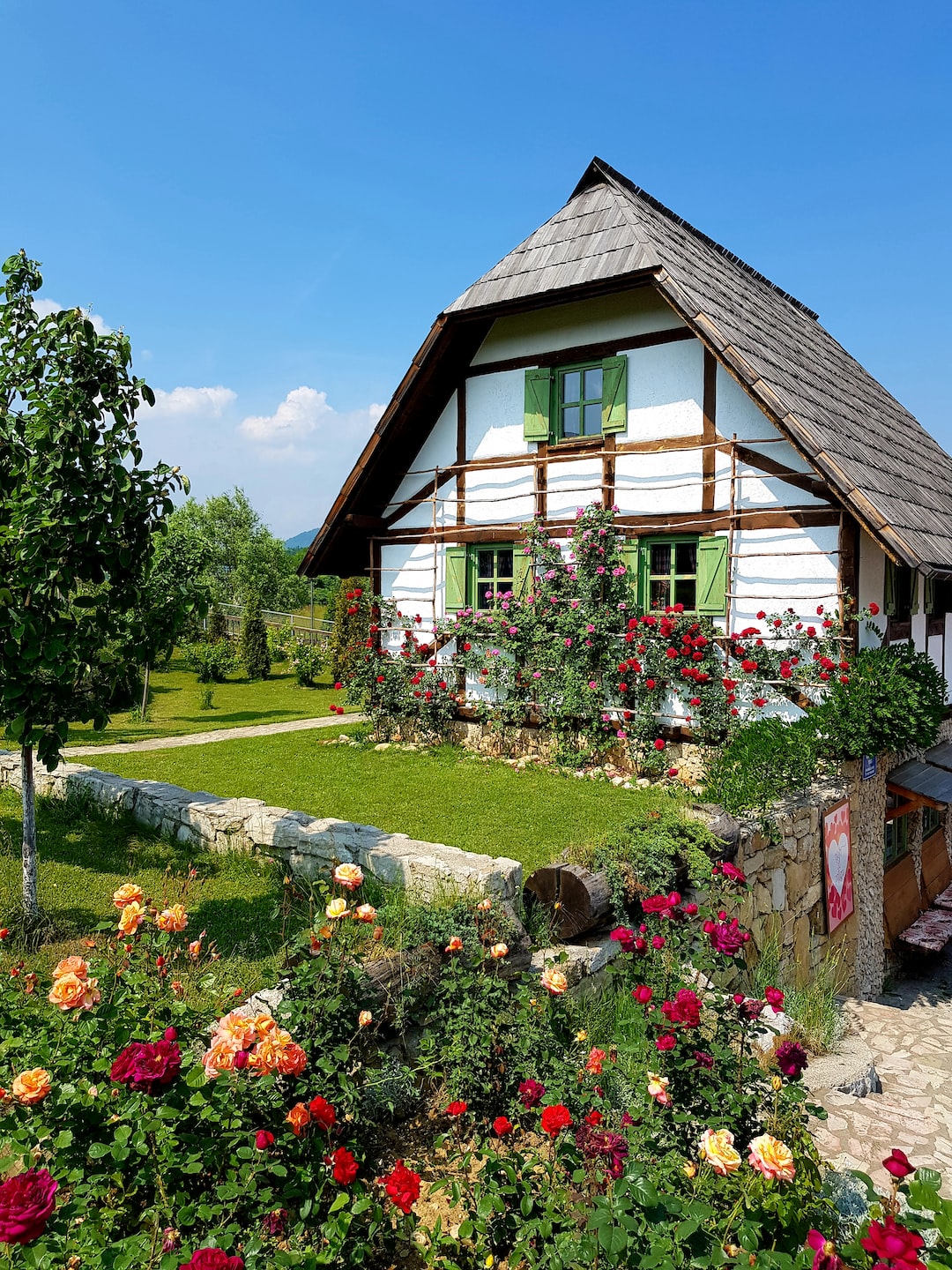Understanding Winter Gardening: Tips for a Thriving Garden in Cold Weather
When the temperature drops and snow covers the ground, many gardeners assume that their gardening efforts must come to a halt. However, with a little knowledge and preparation, it is possible to have a thriving garden even in the coldest of months. Winter gardening, though often overlooked, can be a rewarding experience that allows you to extend the growing season and enjoy fresh produce all year round. In this blog post, we will dive into the world of winter gardening and provide you with valuable tips to ensure a successful venture.
One of the primary aspects to consider when planning a winter garden is choosing the right plants. Typically, cold-hardy vegetables such as kale, chard, spinach, and Brussels sprouts thrive in colder temperatures. These plants have the ability to withstand frost and even benefit from it, as it enhances their flavor. Additionally, root vegetables like carrots, beets, and turnips are excellent choices for winter gardening as they can remain in the ground and be harvested as needed. It is important to research the specific types of plants that thrive in your region and choose varieties that are adapted to the cold.
Before winter sets in, it is crucial to prepare your garden for the harsh weather conditions. Start by cleaning up any debris or fallen leaves. Clearing the garden bed allows for better air circulation and reduces the risk of pests and diseases. Next, consider adding organic matter such as compost or well-rotted manure to enhance the soil’s fertility. Organic matter not only provides essential nutrients but also improves the soil structure, making it easier for plant roots to grow.
To protect your plants from the low temperatures, consider using row covers, cloches, or cold frames. Row covers are made of lightweight fabric and can be draped directly over the plants, creating a barrier against frost and chilling winds. Cloches, on the other hand, are individual protective covers that can be placed over individual plants. Cold frames are a glass or plastic-covered structure that creates a mini-greenhouse effect, trapping heat and providing insulation. These protective measures help maintain a consistent temperature and protect your plants from the harshest winter conditions.
In addition to protection, another key aspect of winter gardening is ensuring proper watering. While it may seem counterintuitive, plants still require water during the winter months, albeit in smaller amounts. In cold weather, plants lose less moisture than in warmer temperatures, but they still need enough to survive. Monitor the moisture level of the soil and water only when necessary. It is best to water plants early in the day to allow them to dry before nighttime, preventing the formation of ice.
Although winter gardening poses challenges, it also presents unique opportunities. For instance, consider extending your growing season by starting your winter garden in late summer or early fall. By doing so, you can have mature plants once winter arrives, giving you a head start in the cold season. Additionally, using raised beds or containers allows for better control over soil temperature, drainage, and protection.
Another idea to explore is companion planting. Certain plants have natural pest-repellent qualities or provide shade and shelter to others. For example, planting garlic or onions alongside your greens can deter pests, while also enhancing the flavor of your vegetables. Research companion planting combinations that work well together during the winter months, and experiment to find what works best for your garden.
In conclusion, winter gardening is an exciting endeavor that allows you to enjoy fresh produce during the coldest months. By selecting cold-hardy plants, preparing the soil, using protective measures, and providing adequate water, you can create a thriving winter garden. Embrace the challenges and opportunities that winter brings, and you will be rewarded with a bountiful, year-round garden. So don’t let the cold weather deter you, grab your gardening gloves, and start planning your winter garden today!
